Last updated: 15 Sep 2020 | 5330 Views |
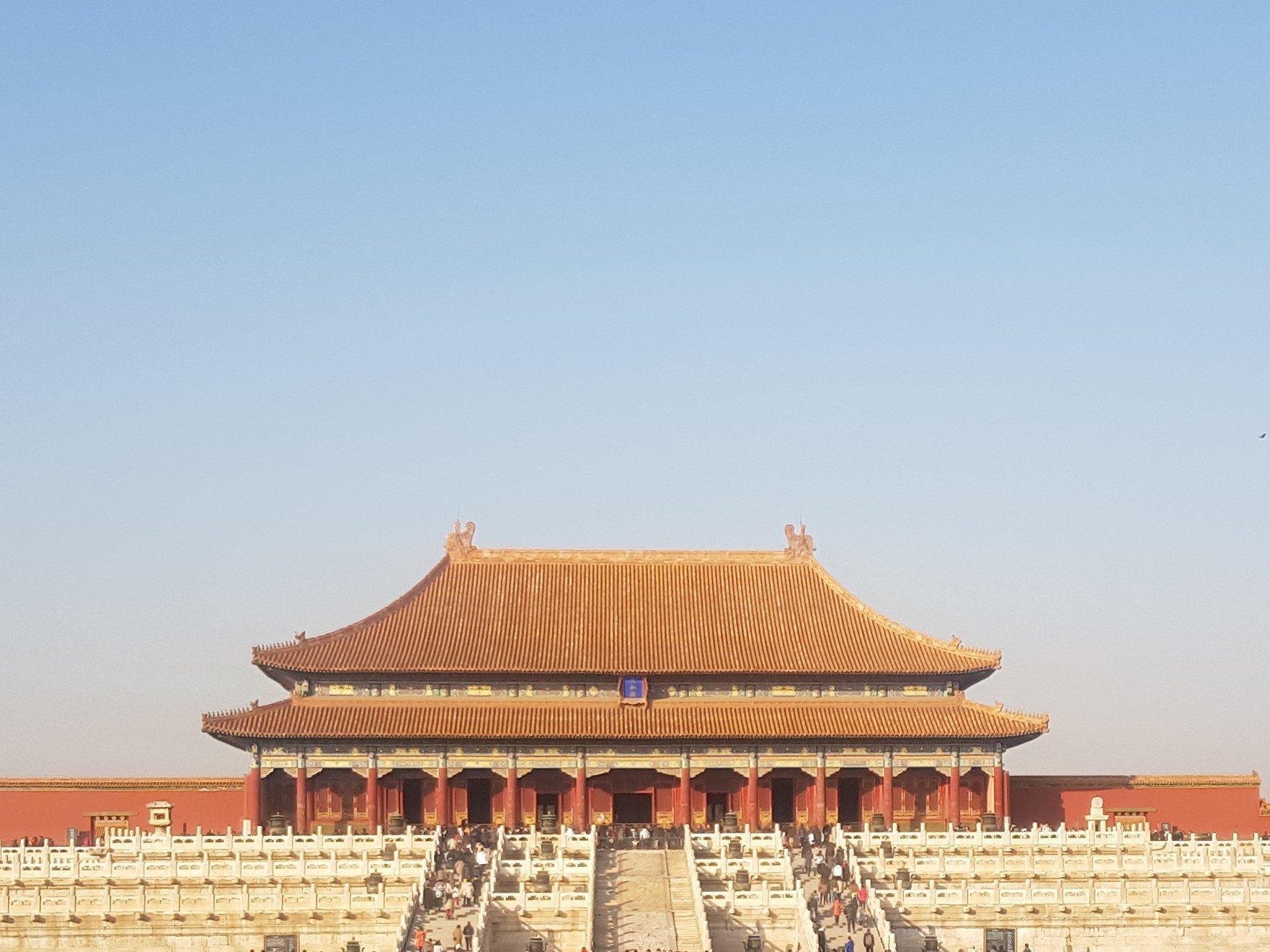
Confession time: we at YOA have a really, really soft spot for Beijing’s Imperial Palace (aka the Forbidden City, but we prefer the Chinese name Gugong).
At times, it can feel crowded and quite touristy, but every time we’re in Beijing we just can’t resist getting the tickets and making a visit. Here we just want to share our love of the place with you!

The Meridian Gate
Photo credit: https://en.dpm.org.cn/about/news/2019-03-12/2906.html
Gugong’s construction can be dated back to 1406, and the place had been home to several emperors and royalties from the Ming and Qing Dynasties, up until the end of dynastic rule and the start of the Republic of China.
Since then, its status had shifted from state residence and political center to museum and tourist attraction.

The Palace in its Winter Splendor
Photo credit: 微故宫 | mp.weixin.qq.com/s/blS8UU3INQBdN-ifgNT-gg
In Mandarin, the site is better known as “故宫 (Gugong ‘the Former Palace’)” while the common English name “Forbidden City” was translated from its old Chinese names “紫禁城 (Zijin Cheng ‘Purple Forbidden City’)” since the enormous palace was considered a city itself: it’s composed of 980 surviving buildings.
Rumor has it that there are 9,999 rooms in total, but we never bother to count since it’s simply impossible on our short visits!
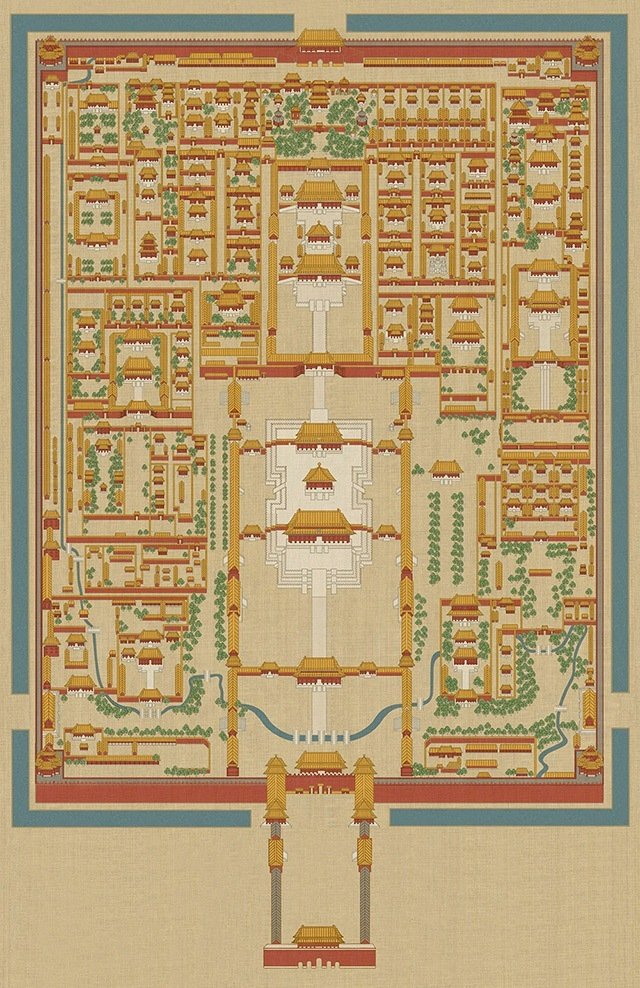
Map of Gugong
Photo credit: https://en.dpm.org.cn/collections

Nine-by-nine array of golden door nails is a feature of all gates in Gugong
There’re more than enough reasons to visit it at least once in your lifetime; whether you’re into Chinese history, art, architecture, military Ming and Qing palace scandals, or just ancient furniture (like us!), Gugong has it all for you.
The palace’s marvels start from its very location in Central Beijing. We can almost say that Gugong is the heart of this city, if not entire China. Its layout and many designs are so deliciously symmetrical we suspect feng shui probably played a big part in this.
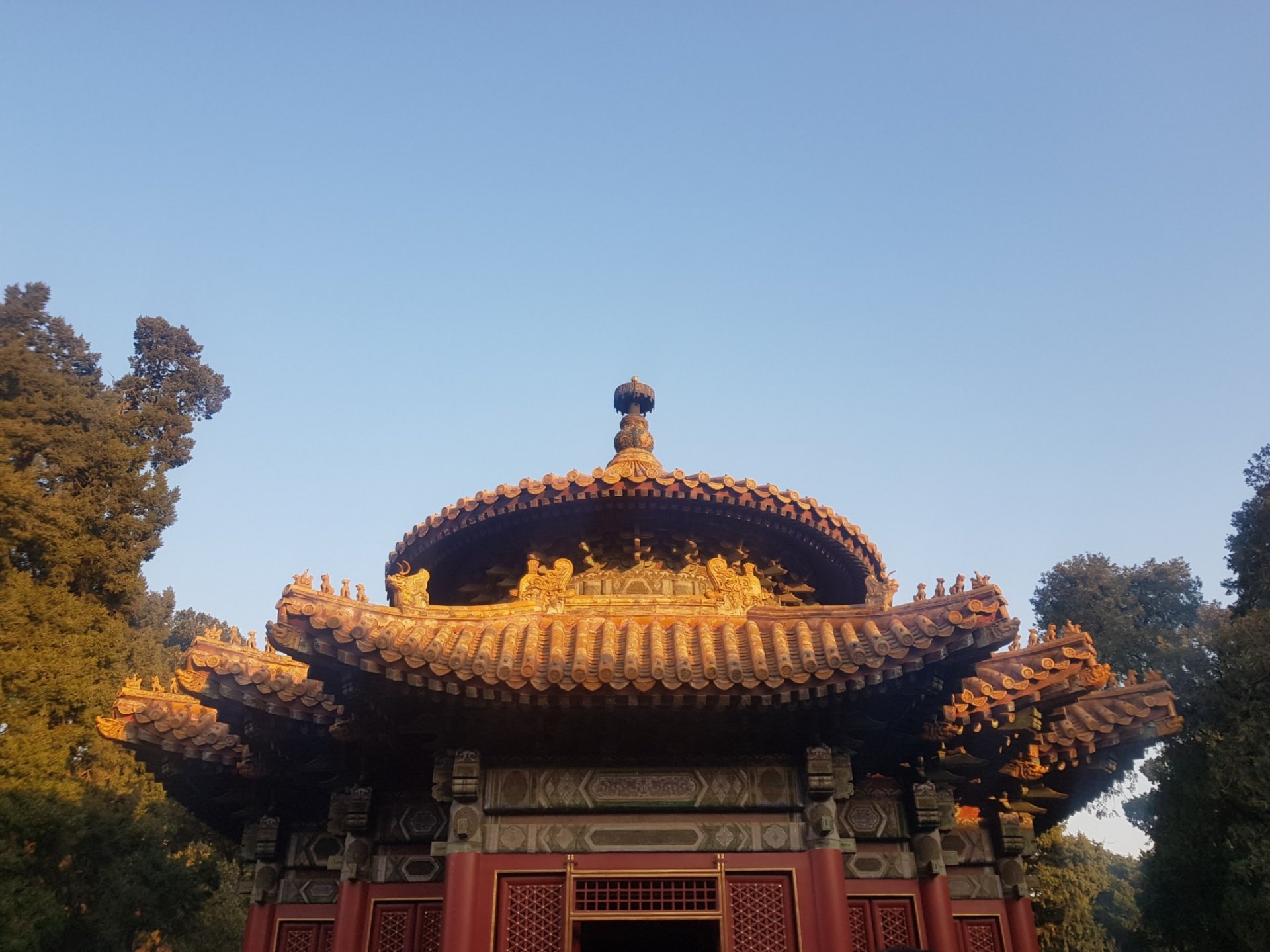
A pavilion in Imperial Garden section
Next is the fact that Gugong is the masterpiece of classical Chinese palaces, preserving the ancient structure and meticulous details you cannot found anywhere else. Plus the Palace Museum, a part of the complex, houses heaps and heaps of ancient treasures and precious cultural relics with unrivaled historical significance.
Though parts of the collection were moved to Taipei’s National Palace Museum, many grand pieces are still housed here in Beijing such as calligraphy by emperors, ancient jade articles and seals of 2000 years old, along with famous painting scrolls that are only brought out to the public only on special occasions once in a while.
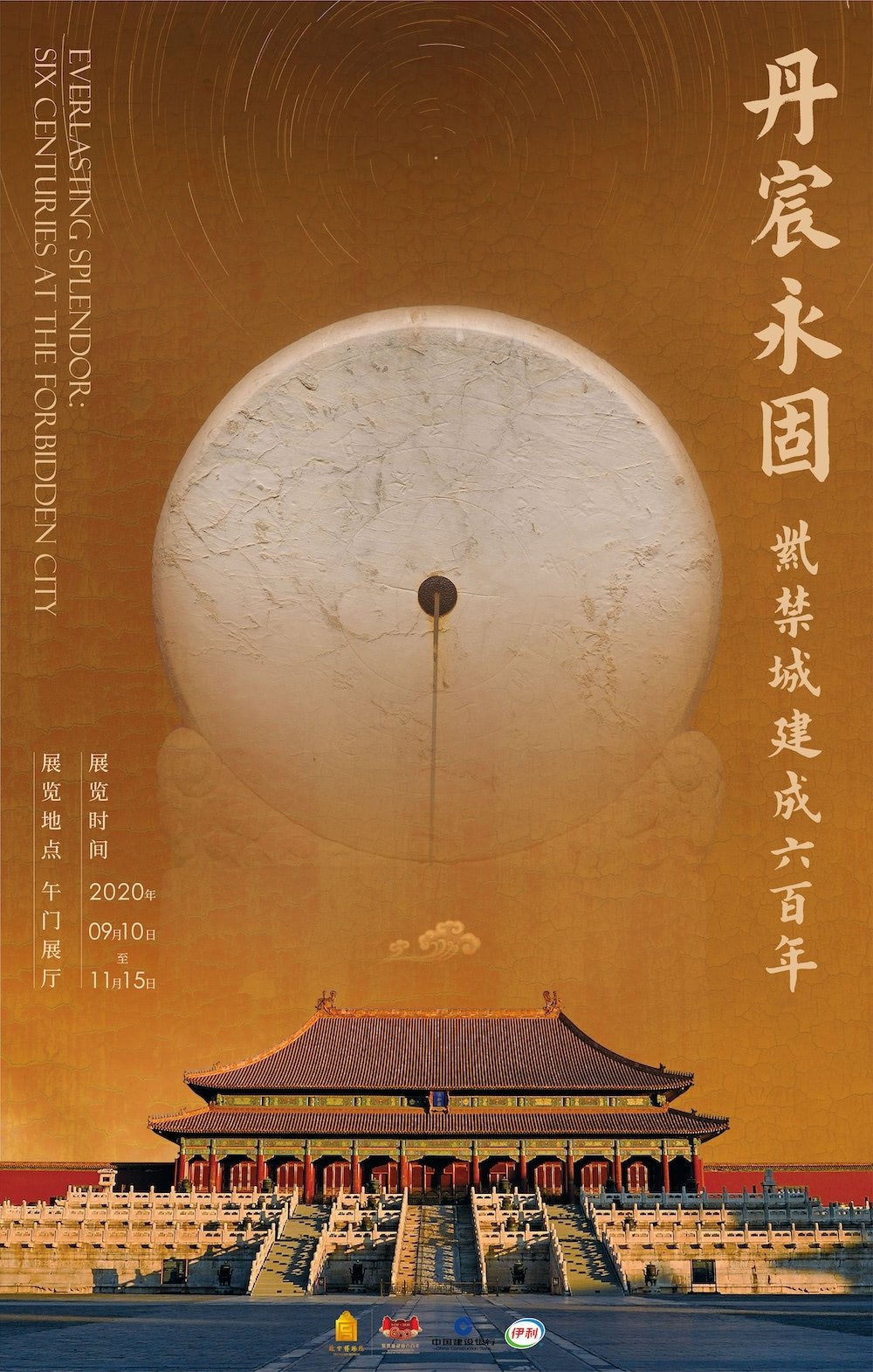
The “Everlasting Splendor: Six Centuries At the Forbidden City” Poster
Photo credit: https://en.dpm.org.cn/exhibitions/current/2020-09-10/3213.html
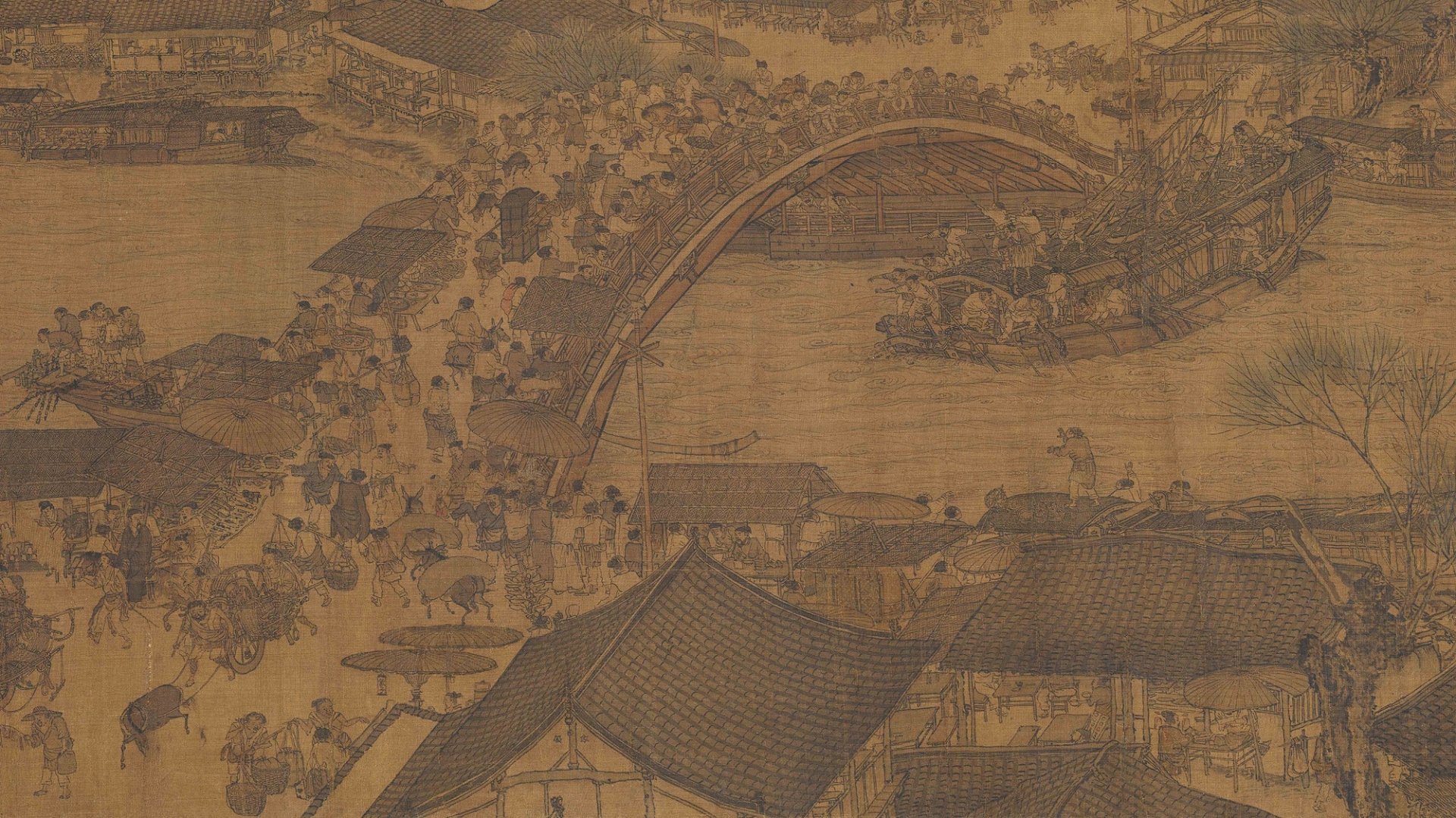
Life along the Bian River at the Pure Brightness Festival
Photo credit: https://en.dpm.org.cn/about/news/2019-03-12/2906.html
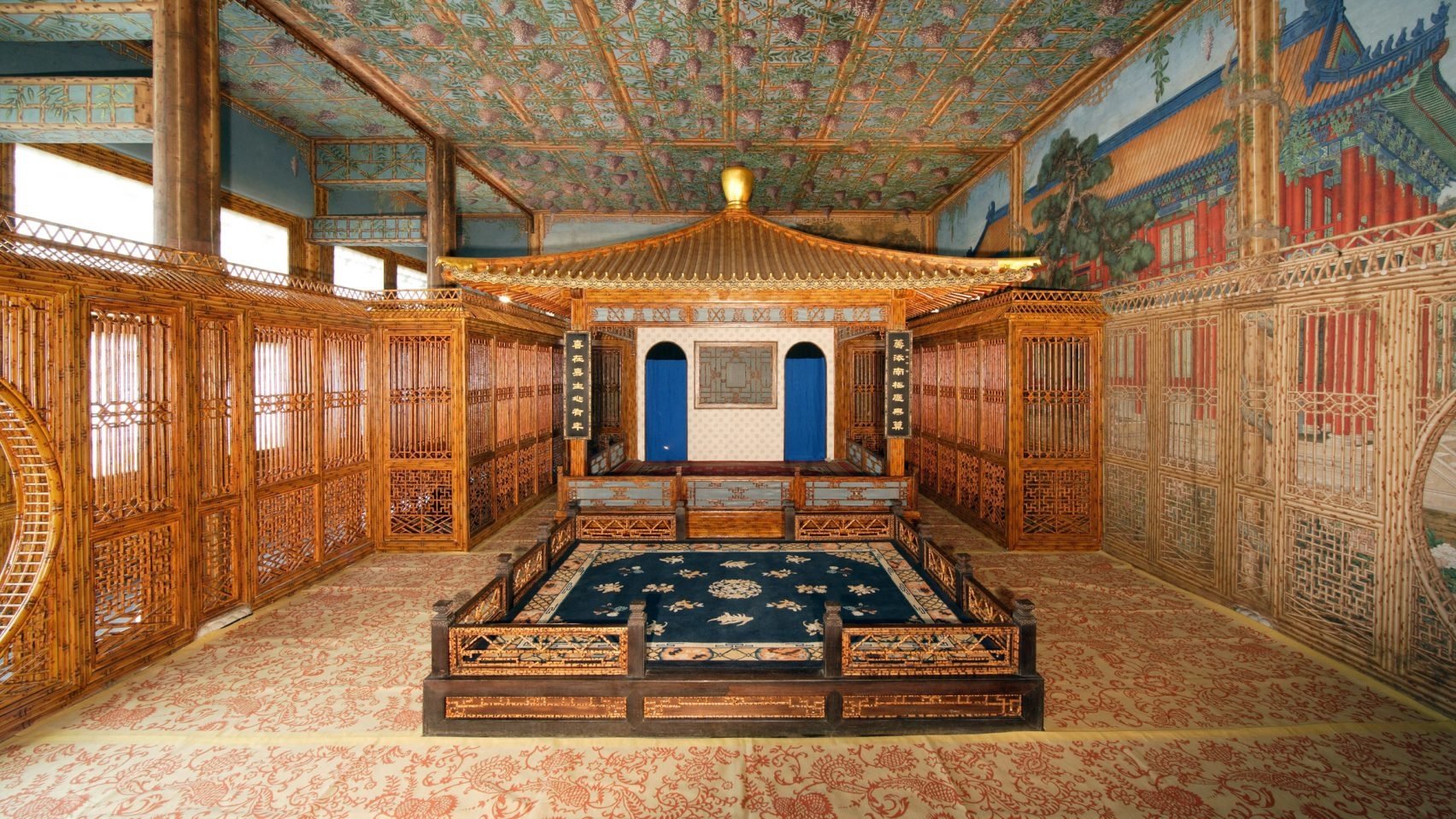
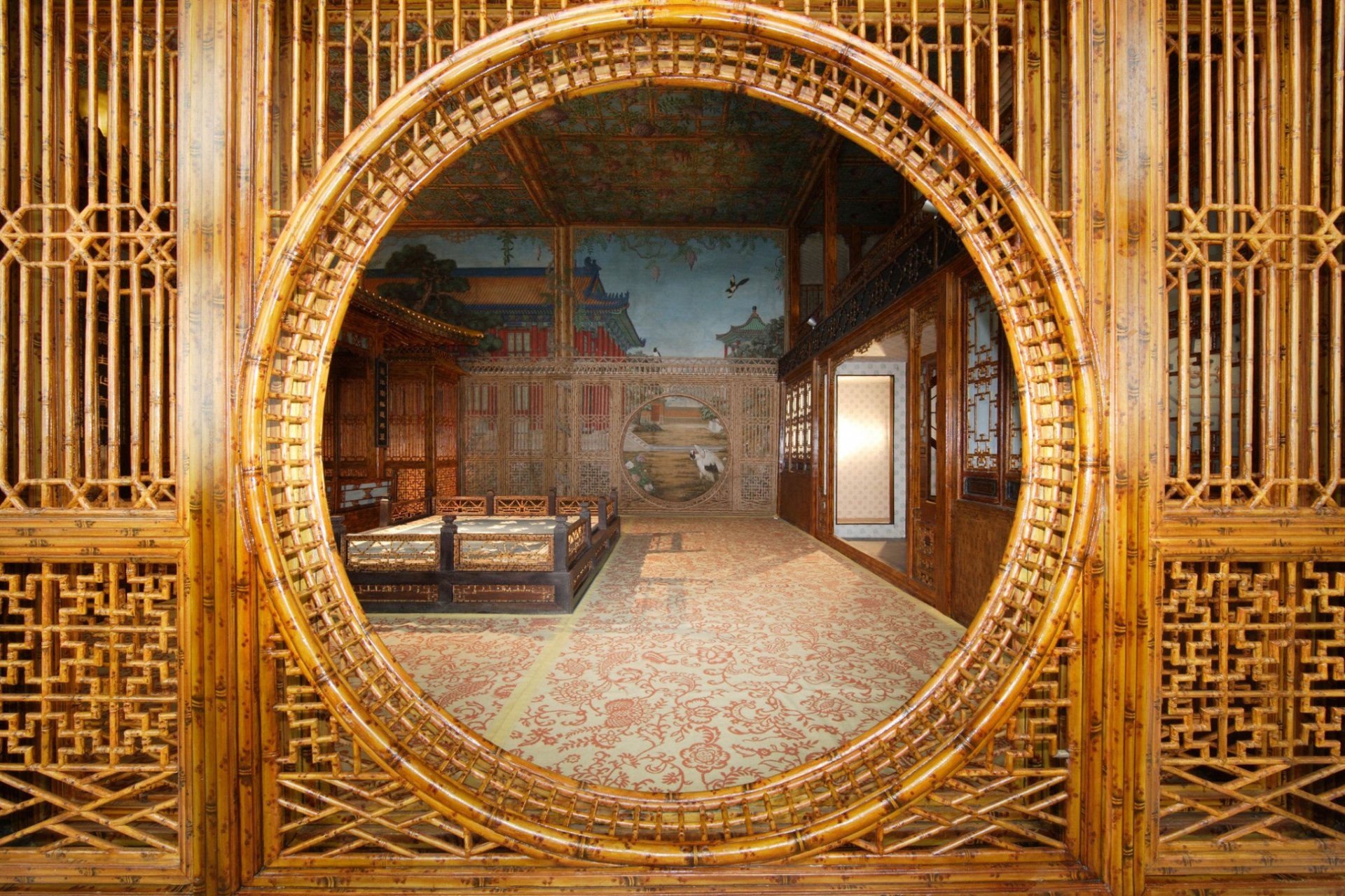
A part of the Hall of Tranquil Longevity, more widely known as Qianlong Garden
Photo credit: Hillary Prim at World Monuments Fund
https://www.dezeen.com/2019/02/04/qianlong-garden-interpretation-center-selldorf-architects-forbidden-city-beijing/
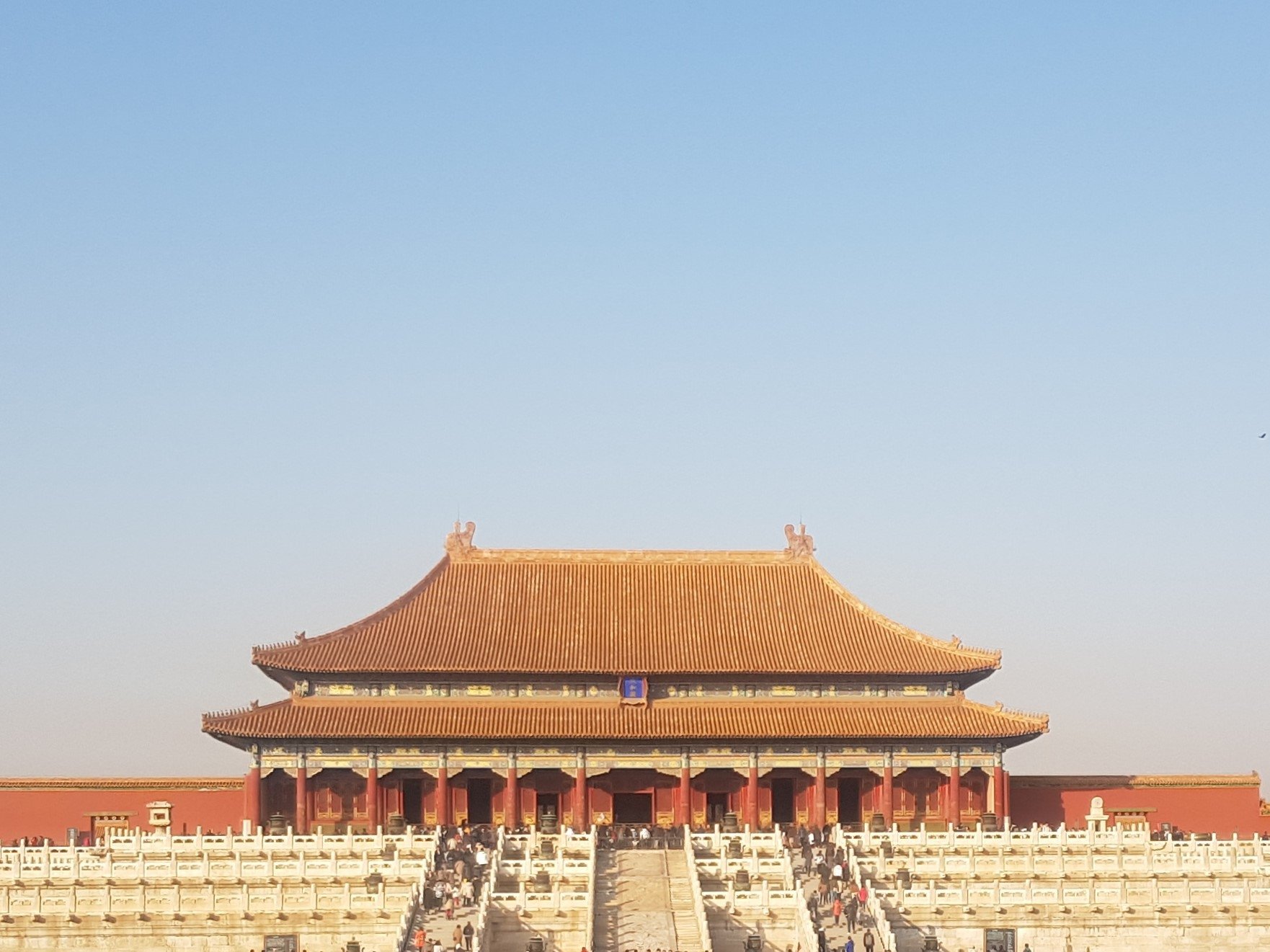
The Hall of Supreme Harmony
For any Chinese-art enthusiast, just a stroll in the Imperial Palace alone is already worth a trip to Beijing. To wander around and be immersed in its long history, majestic architecture complex, and exquisite artistic features is really one of a kind experience.
If all of this hasn’t convinced you, we’ll just leave on this note: nothing beats the feeling of walking along passageways, getting through large red doors, and seeing the Hall of Supreme Harmony turn up before your eyes.
We have nothing else to say but highly recommend a visit!